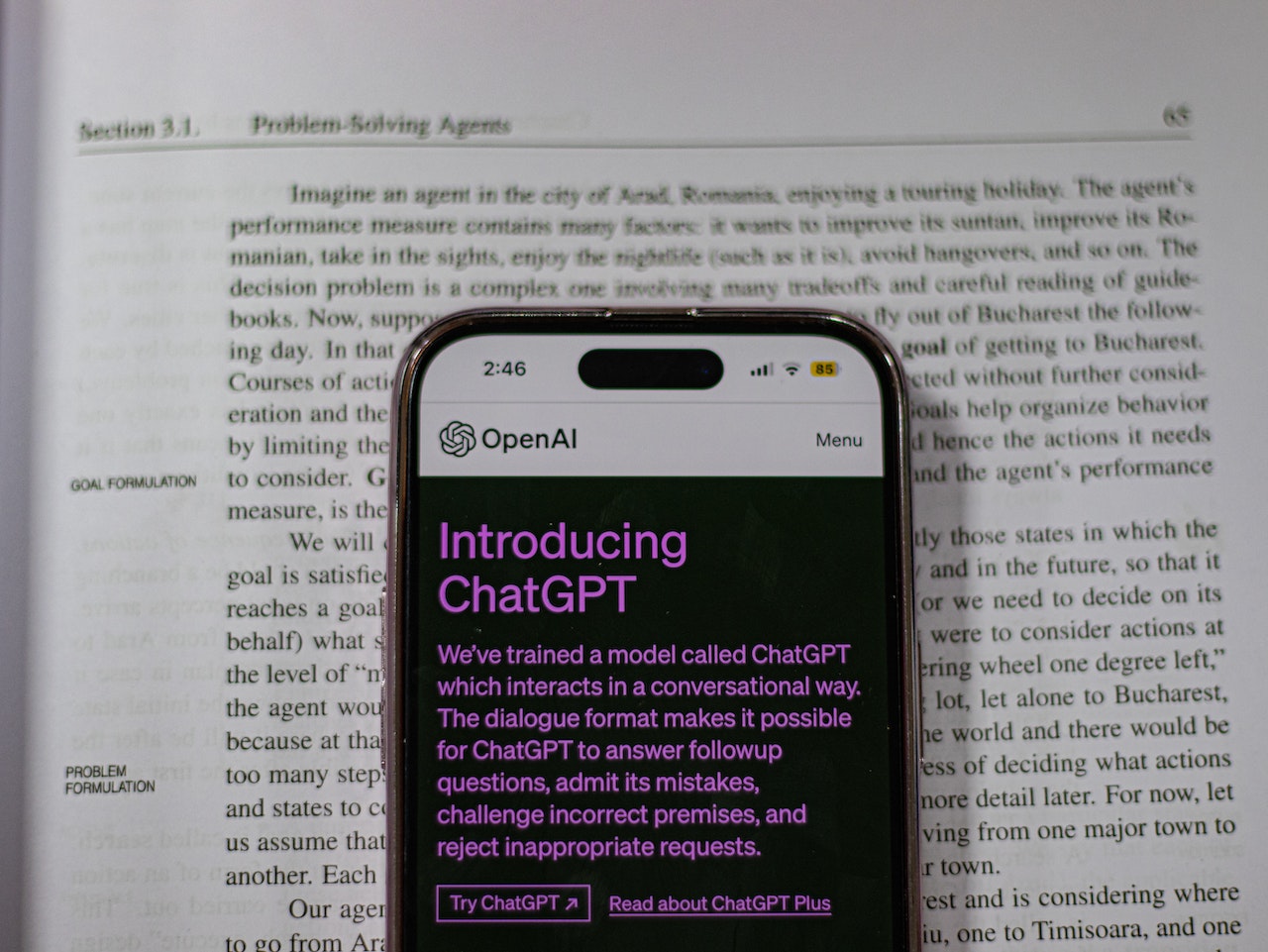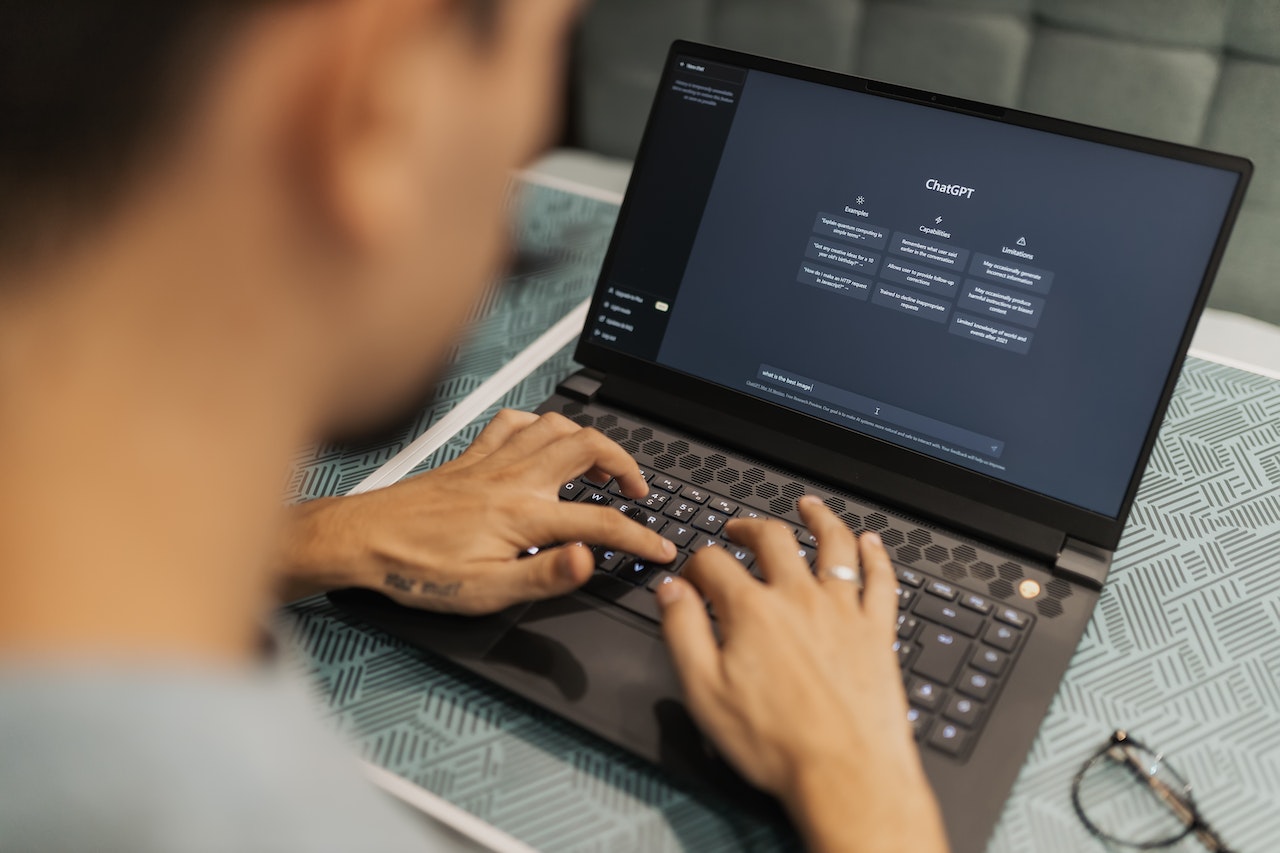In today’s rapidly evolving world, the fashion industry is embracing technology to revolutionize the way designers create and innovate. AI-powered fashion design tools have emerged as invaluable assets, offering seamless creativity and efficiency to designers. These advanced tools leverage artificial intelligence algorithms to streamline the design process, generate unique ideas, enhance productivity, and cater to the ever-changing demands of the fashion world. In this article, we will explore the exciting possibilities that AI-powered fashion design tools bring to the table.
The fusion of artificial intelligence and fashion design has opened up new horizons for designers, enabling them to break free from traditional design constraints. AI-powered fashion design tools harness the power of machine learning and deep neural networks to automate and enhance various aspects of the design process. These tools analyze vast amounts of data, recognize patterns, and generate valuable insights that assist designers in creating innovative and unique fashion pieces.
The Role of AI in Fashion Design
AI technology plays a pivotal role in the fashion design landscape. By leveraging AI-powered tools, designers can streamline their workflow, save time, and unlock their creative potential. These tools act as virtual design assistants, offering suggestions, recommendations, and generating design variations based on specified inputs. AI algorithms can analyze historical fashion trends, consumer preferences, and market data to provide valuable insights that guide designers in making informed decisions.
Virtual Design Assistants
AI-powered virtual design assistants are like personal creative partners for fashion designers. These tools utilize machine learning algorithms to understand a designer’s preferences, style, and aesthetic vision. They can generate design ideas, recommend fabric combinations, propose color palettes, and even provide real-time feedback on design choices. Virtual design assistants assist designers in exploring a multitude of possibilities, leading to more diverse and innovative fashion collections.

Pattern Generation and Optimization
Creating intricate patterns is a time-consuming task that requires meticulous attention to detail. AI-powered tools can automate pattern generation, allowing designers to focus on the creative aspects of their work. These tools can generate complex patterns based on user-defined parameters, saving significant time and effort. Moreover, AI algorithms can optimize patterns to ensure efficient material utilization, reducing waste and promoting sustainability.
Color Palette Recommendation
Selecting the right color palette is crucial in fashion design, as it sets the mood and communicates the desired aesthetic. AI-powered fashion design tools can analyze images, extract color data, and recommend harmonious color combinations. By understanding the latest color trends and consumer preferences, these tools assist designers in creating visually appealing collections that resonate with their target audience.
Fabric Selection and Simulation
AI-powered fashion design tools enable designers to explore a vast range of fabric options virtually. These tools provide access to extensive fabric databases, allowing designers to visualize how different fabrics drape, fold, and interact with various body types. By simulating fabric behavior, designers can make informed decisions regarding fabric selection, ensuring that their designs not only look stunning but also feel comfortable and functional.
Size and Fit Customization
Achieving the perfect fit is essential in fashion design. AI-powered tools can analyze body measurements and generate personalized size recommendations for individual customers. This level of customization enhances the overall shopping experience and reduces the likelihood of returns or exchanges. By leveraging AI algorithms, designers can create fashion pieces that cater to diverse body types, promoting inclusivity and customer satisfaction.

AI for Sustainable Fashion
Sustainability is a growing concern in the fashion industry. AI-powered tools contribute to sustainable practices by optimizing material utilization, reducing waste, and promoting circular economy principles. These tools can analyze historical data, consumer behavior patterns, and supply chain information to suggest eco-friendly alternatives, facilitate ethical sourcing, and guide designers towards sustainable design choices.
Augmented Reality (AR) in Fashion Design
Augmented reality has gained significant traction in the fashion industry, providing immersive and interactive experiences. AI-powered AR applications allow designers to overlay virtual garments onto real-life models, enabling them to visualize and refine their designs in real-time. This technology enhances the prototyping phase, minimizes production costs, and helps designers bring their creations to life with remarkable accuracy.
Collaborative Design Platforms
AI-powered collaborative design platforms facilitate seamless communication and teamwork among designers, manufacturers, and stakeholders. These platforms provide a centralized space where designers can share ideas, collaborate on projects, and receive feedback in real-time. By breaking down geographical barriers and streamlining the design process, these platforms foster creativity, innovation, and efficient project management.
Advantages and Limitations of AI in Fashion Design
While AI-powered fashion design tools offer numerous advantages, it’s essential to acknowledge their limitations. The advantages include increased creativity, improved efficiency, data-driven insights, and enhanced sustainability. However, limitations exist, such as the inability to replicate human intuition, the need for continuous data input, and the risk of over-reliance on AI-generated ideas. Designers should leverage AI as a powerful tool while retaining their creative instincts and personal touch.
Future of AI in Fashion Design
The future of AI in fashion design is undoubtedly promising. As technology continues to evolve, AI-powered tools will become even more sophisticated and capable. We can expect advancements in areas such as predictive fashion analytics, hyper-personalization, AI-generated fashion influencers, and virtual fashion shows. The integration of AI with other emerging technologies like blockchain and 3D printing will further revolutionize the fashion industry, pushing the boundaries of creativity and innovation.

Conclusion
AI-powered fashion design tools have transformed the way designers create, innovate, and interact with their craft. These tools empower designers to explore new design possibilities, optimize their workflow, and make data-driven decisions. By leveraging AI algorithms, fashion designers can stay ahead of trends, deliver personalized experiences, and contribute to a more sustainable and inclusive fashion industry.
FAQs
1. How do AI-powered fashion design tools assist designers?
AI-powered fashion design tools act as virtual design assistants, offering suggestions, generating design variations, recommending fabric combinations, and providing real-time feedback.
2. Can AI help with sustainable fashion practices?
Yes, AI-powered tools contribute to sustainable fashion by optimizing material utilization, suggesting eco-friendly alternatives, and facilitating ethical sourcing.
3. What role does augmented reality play in fashion design?
Augmented reality allows designers to overlay virtual garments onto real-life models, helping them visualize and refine their designs in real-time.
4. How do collaborative design platforms benefit fashion designers?
Collaborative design platforms foster seamless communication, teamwork, and efficient project management among designers, manufacturers, and stakeholders.
5. What does the future hold for AI in fashion design?
The future of AI in fashion design includes advancements in predictive fashion analytics, hyper-personalization, AI-generated fashion influencers, and virtual fashion shows.





